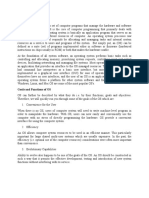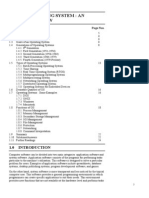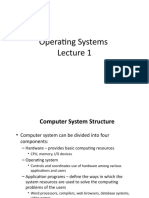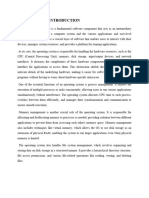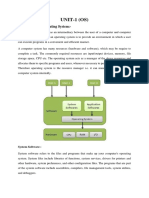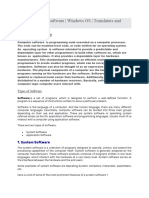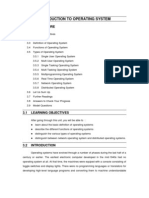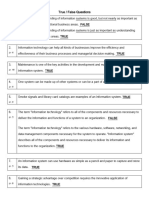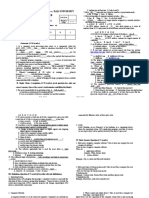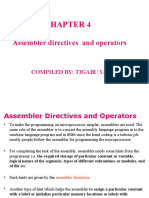0% found this document useful (0 votes)
3 views10 pagesCSC 102 Notes 2023
The document provides an overview of system software and operating systems, detailing various types of system software such as operating systems, device drivers, and utilities. It explains the fundamental functions and objectives of operating systems, including resource management, user interaction, and process scheduling. Additionally, it classifies operating systems into categories like single-user, multi-user, real-time, and embedded systems, while highlighting examples of each type.
Uploaded by
simbiyat05Copyright
© © All Rights Reserved
We take content rights seriously. If you suspect this is your content, claim it here.
Available Formats
Download as DOCX, PDF, TXT or read online on Scribd
0% found this document useful (0 votes)
3 views10 pagesCSC 102 Notes 2023
The document provides an overview of system software and operating systems, detailing various types of system software such as operating systems, device drivers, and utilities. It explains the fundamental functions and objectives of operating systems, including resource management, user interaction, and process scheduling. Additionally, it classifies operating systems into categories like single-user, multi-user, real-time, and embedded systems, while highlighting examples of each type.
Uploaded by
simbiyat05Copyright
© © All Rights Reserved
We take content rights seriously. If you suspect this is your content, claim it here.
Available Formats
Download as DOCX, PDF, TXT or read online on Scribd
/ 10
